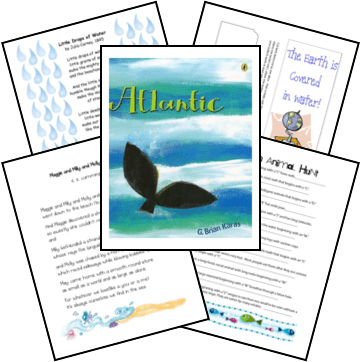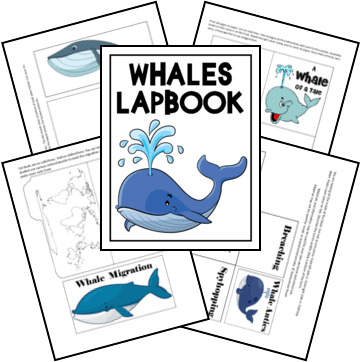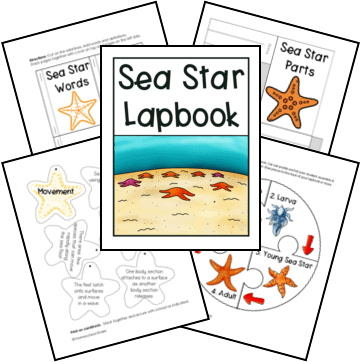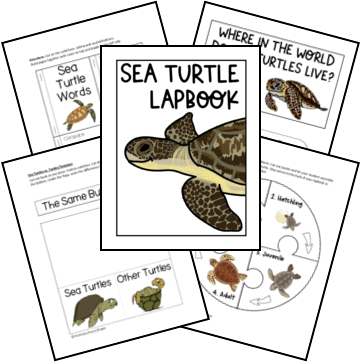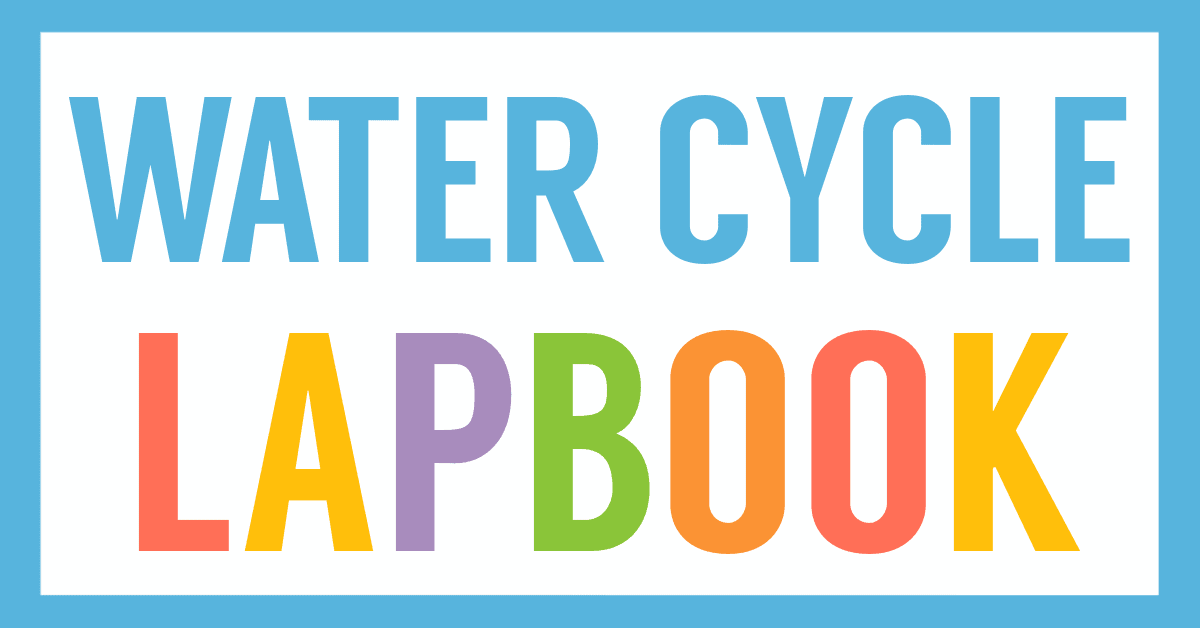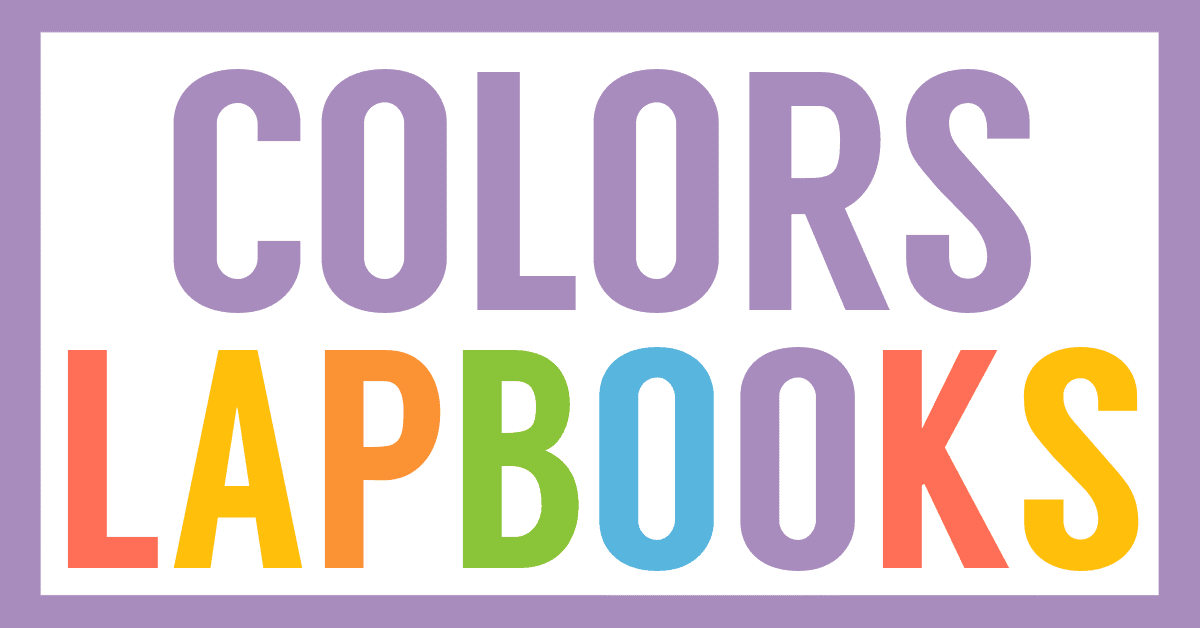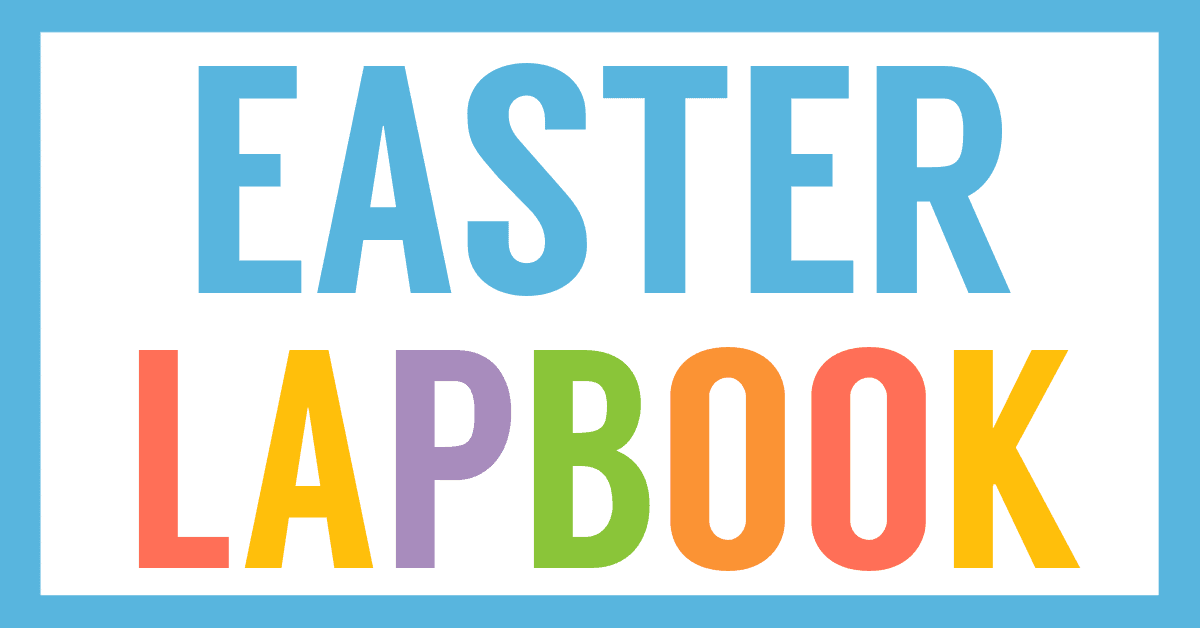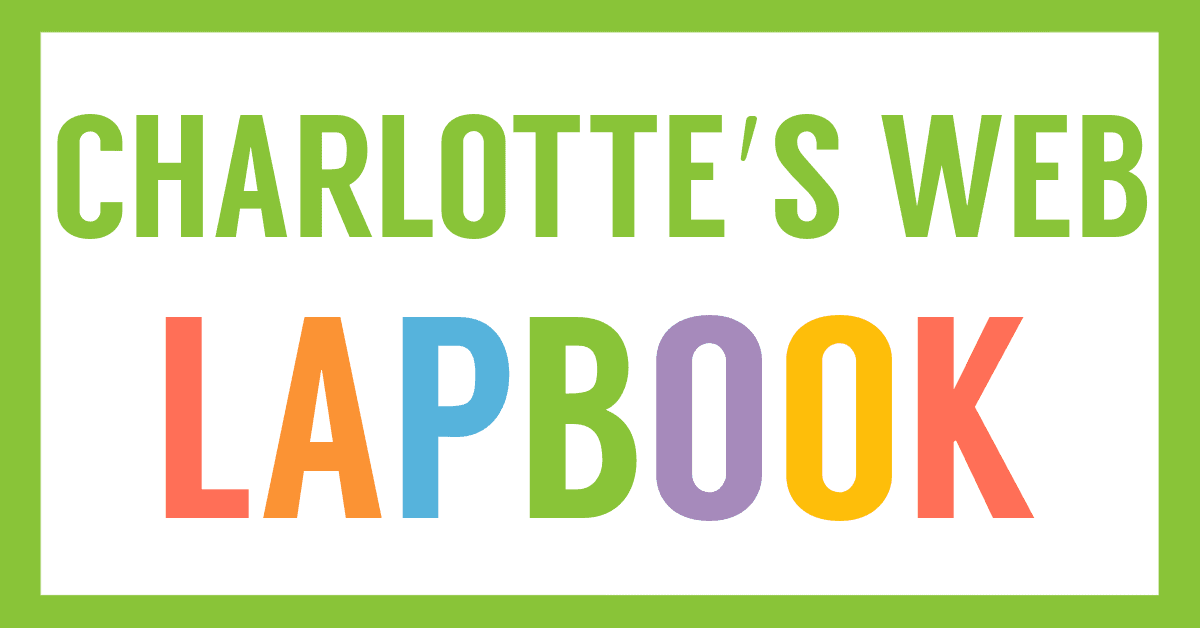Affiliate Disclaimer
We sometimes use affiliate links in our content. This won’t cost you anything, but it helps us to keep the site running. Thanks for your support.
Lapping at the sandy shores, stretching from the North Pole to the South Pole and from North America to Africa, the Atlantic Ocean is constantly changing shape and size and is always traveling. It has fascinated people for ages and still does today. Scientists study the Atlantic, fishermen search for its schools of fish, artists paint it, and poets write about it. Here, the power and grace of the Atlantic Ocean are beautifully captured in Brian Karas’s sparkling text and paintings.
from Atlantic at amazon.com
I do not know of a better book for learning about the ocean. Atlantic is the foundation for so many wonderful lessons about geography and poetry and ocean life.
Grab our Atlantic unit study and lapbook and learn all about the vast and fascinating oceans on our planet.
Thanks to Aimee Guest for writing the lessons for this Atlantic unit study.
Atlantic Unit Study Lessons
This unit study includes lessons and printables based on the book Atlantic by G. Brian Karas.
Here are some sample lessons from the Atlantic unit study:
Geography: Atlantic Ocean
Ask your student what he knows about the ocean. Then ask what he’d like to know more about (try to keep record of this list and answer his questions this week as you study this book.
Tell him that this book is about the Atlantic Ocean. The book says, “I stretch from the icy poles North and South…I rub shoulders with North America and bump into Africa. I slosh around South America and crash into Europe.” Color in the Atlantic Ocean on an outline map and label the other places mentioned.
Geography: Oceans of the World
How much water is there? Look at a world map together. Ask your child: Is there more land or more water in the world?
Most of the planet is covered by water. In fact, 70% of planet earth is water leaving us 30% land. Find the other oceans on a map or globe and label the map you started in the previous geography lesson. Discuss how the five oceans run/join together.
Language Arts: Poetic Repetition
This book reads like a poem. The author has used many poetic devices throughout. One of these is repetition. Note the page that starts, “First I was discovered…” Discovered is the first of many -ed words. Does your student notice all the -ed words? Make a list with your student. Using a list of -ed words gives the reader (and listeners) something pleasurable to hear. Our ears like repetition. (words: discovered, conquered, crossed, probed, charted, studied, dirtied)
Another example of repetition is the -ing words. Look together on the page that starts, “I am here day and night…” Can your student find the examples of repetition? What’s being repeated? (-ing ending words). Make a list of these words: heaving, raging, lying, scraping, putting, growing, shrinking, staying.
Art: Colors of the Ocean
Atlantic says that artists have used cerulean, cobalt, and ultramarine to capture her on paper. What other colors could one use when painting the ocean? Look through your crayon box and pull out colors of the ocean.
Cerulean, cobalt, and ultramarine can be found at most craft stores in small watercolor tubes. Consider getting these colors and invite your child to paint an ocean scene.
You can grab a copy of the entire Atlantic Unit Study and Lapbook in an easy-to-print file at the end of this post.
Atlantic Lapbook Printables
In addition to the unit study lessons, this file also includes these mini-books and printables:
- Where Is the Atlantic Ocean? Simple Fold
- Things We Need from the Sea Shape Book
- What Shape Is Water? Petal Book
- Treasures at the Beach Matchbook
- Sea Creature Story Pocket
- Getting the Salt Out of the Saltwater Mini-book
- Repetition Shutterfold
- Sea Poem Pocket
- My Ocean Poem Simple Fold
- Personification Matchbook
- Oceans of the World Map
- Ocean Occupations Mini-book
- The Earth Is Covered in Water Graph
- Sorting Shells Graph
- Geography Terms Flap Book
- Flying Fish Mini-book
- Drama Cards & Folder
- Colors of the Ocean Simple Fold
- Various Ocean Poems
How to Get Started with Your Atlantic Unit Study & Lapbook
Follow these simple instructions to get started with the Atlantic Unit Study:
- Buy a copy of the book, Atlantic, or borrow one from your local library.
- Print the Atlantic unit study.
- Choose the lessons you want to use with your student (a highlighter works great for this).
- Choose and prepare the lapbook printables you want to use with your student.
- Enjoy a week of learning about the ocean.
Get Your Atlantic Unit Study & Lapbook
Simply click on the image below to access your free Atlantic Unit Study and Lapbook.

